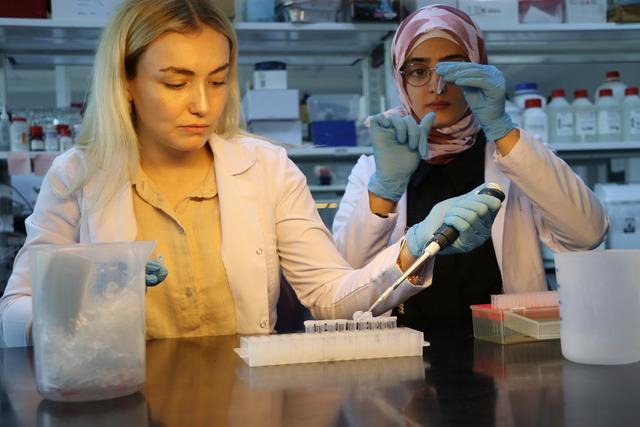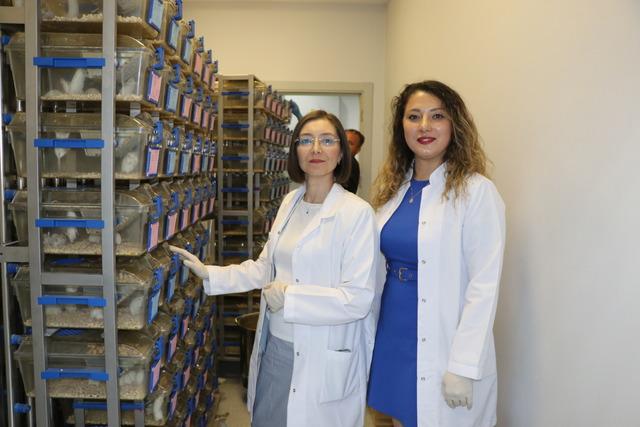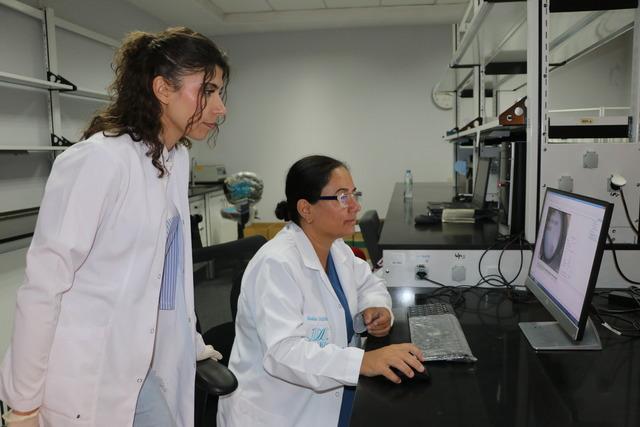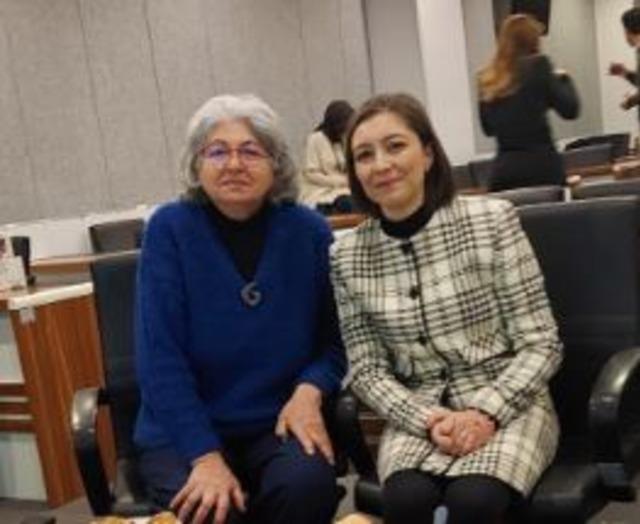Erciyes University (ERÜ), Faculty of Medicine, Department of Medical Biology, Prof. Dr. Funda Şener, started working on autism in 2011 at the ERÜ Betül Ziya Eren Genome and Stem Cell Center (GENKÖK), known as Turkey’s largest research center. Collaborating with Prof. Dr. Minoo Rassoulzadegan from the University of Nice, France, in the Genome and Transgenic Units, Şener conducted studies with CC2D1A mice, the first and only knock-out model in Turkey. In addition to these model mice found only in GENKÖK in Turkey, Turkish and French scientists, who also had the opportunity to create other autism models, have identified a new candidate gene for the treatment of autism as a result of their 13-year study. The CC2D1A gene was registered in the international database as a candidate gene for autism in February 2024. Prof. Dr. Şener and Prof. Dr. Rassoulzadegan’s current goal is to contribute to the development of diagnostic kits in light of the results they have obtained and continue their work for a patent for this purpose.
‘WE CONTINUE TO DO RESEARCH IN BOTH ANIMAL MODELS AND CLINICS’
Prof. Dr. Elif Funda Şener, who stated that she continues her studies within ERÜ GENKÖK and that more than a thousand genes have been identified in the world literature on autism, said, “We also discovered one of the new candidate genes for autism in our studies conducted in the laboratory. This gene is one of the genes that especially functions in the central nervous system. We started our studies in 2009. We have been continuing our research on this gene both in animal models and in the clinic since 2011. Based on the data we obtained, we think that autism has a genetic basis, but environmental factors also interfere and make it a little more difficult for us to understand the nature of autism. The CC21DA gene has been determined as one of the new candidate genes for autism. We registered this research in a database with Prof. Dr. Minoo Rassoulzadegan last February. Now, CC2D1A has been made official as one of the candidate genes for autism.”
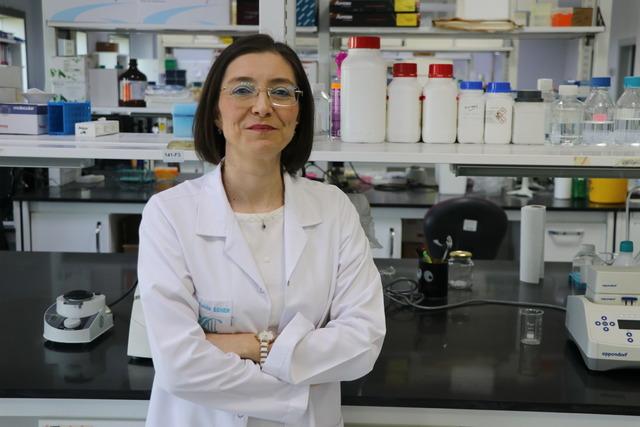
‘VERY FEW PEOPLE WORK ON THIS SUBJECT ALL OVER THE WORLD’
Şener, who stated that their studies could also be a source for future studies, said, “This gene, which functions in the central nervous system, is gaining importance with the studies conducted in which it cooperates with very different molecular pathways. With each passing day, new roles of this gene and the discovery of new pathways are revealed with new studies. It has been revealed that the CC2D1A gene, in addition to its function in the central nervous system, is also associated with inflammation and cell death. A model with deleted CC2D1A gene expression, which we call knock-out, is available in our transgenic laboratory within GENKÖK and studies on these mice are conducted only within GENKÖK in Turkey. We also see that very few researchers worldwide are conducting studies on this gene. We were the first to identify mutations of the CC2D1A gene and changes in gene levels in patients with autism in 2016.”
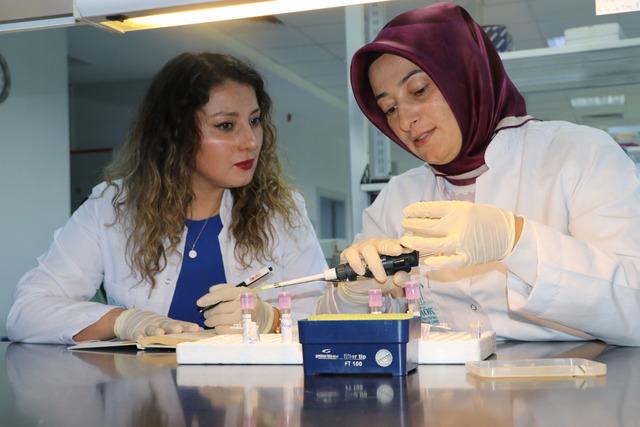
‘WE ARE PLANNING TO DEVELOP DIAGNOSTIC KITS’
Stating that they have been conducting studies focusing on autism for 15 years, Prof. Dr. Şener said, “Autism is a very complex disease and when you have such a complex picture in front of you, while clinical findings vary greatly from one patient to another, solving the basic molecular mechanism underlying the work becomes even more difficult for us. I think that every result we obtain in this process is very valuable. We have studies that we have conducted not only on animal models but also on both patients and their families in the clinic. For this, we have been collaborating with our valuable academic friends for years. The studies we have conducted on patients in the clinic have also provided us with very important ideas, especially at some points. The results we obtained at this point showed that it is more valuable to conduct family-based studies, especially for autism. This process paved the way for treatment-oriented targets. Initiating treatment, especially in terms of animal models, was one of our main goals. We have created the infrastructure for this. Our future projects have started to be planned in a way that will be treatment-oriented. There is no effective treatment method for autism today. Treatment options are offered only to alleviate the additional clinical findings that accompany patients. “We are planning to develop diagnostic kits using our 15-year experience, and in the coming period, we want to realize this goal of ours with our patent studies and new large-budget projects for treatment,” he said.
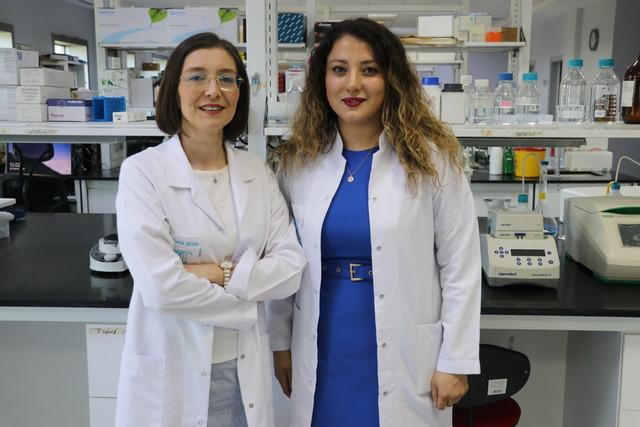
‘WE CONTROLLED THE CELL DEATH MECHANISMS’
Dr. Elif Funda Şener is a member of the research team and carries out her studies within GENKÖK. Halime Dana said, “I have been working on a CC2D1A deleted autistic mouse model for about 11 years. Our studies on CC2D1A deleted mouse models and their relationship with autism continue in many projects, especially TUBITAK projects. In addition to many other projects, we also worked on mice with CC2D1A deleted gene in my master’s and doctoral theses. In my master’s study, we checked the cell death mechanisms in the hippocampus, a brain region responsible for memory and learning, in an autistic mouse model with CC2D1A deleted gene. We saw that there were indeed major deficiencies in this mechanism and contributed this study to the literature. We determined that this change was due to the deficiency of the CC2D1A gene and made plans for further studies. In my doctoral thesis, we worked on a subject that was missing in the literature, again in an autistic mouse model with CC2D1A deleted gene. We will share the results of my doctoral thesis soon.” (DHA)
